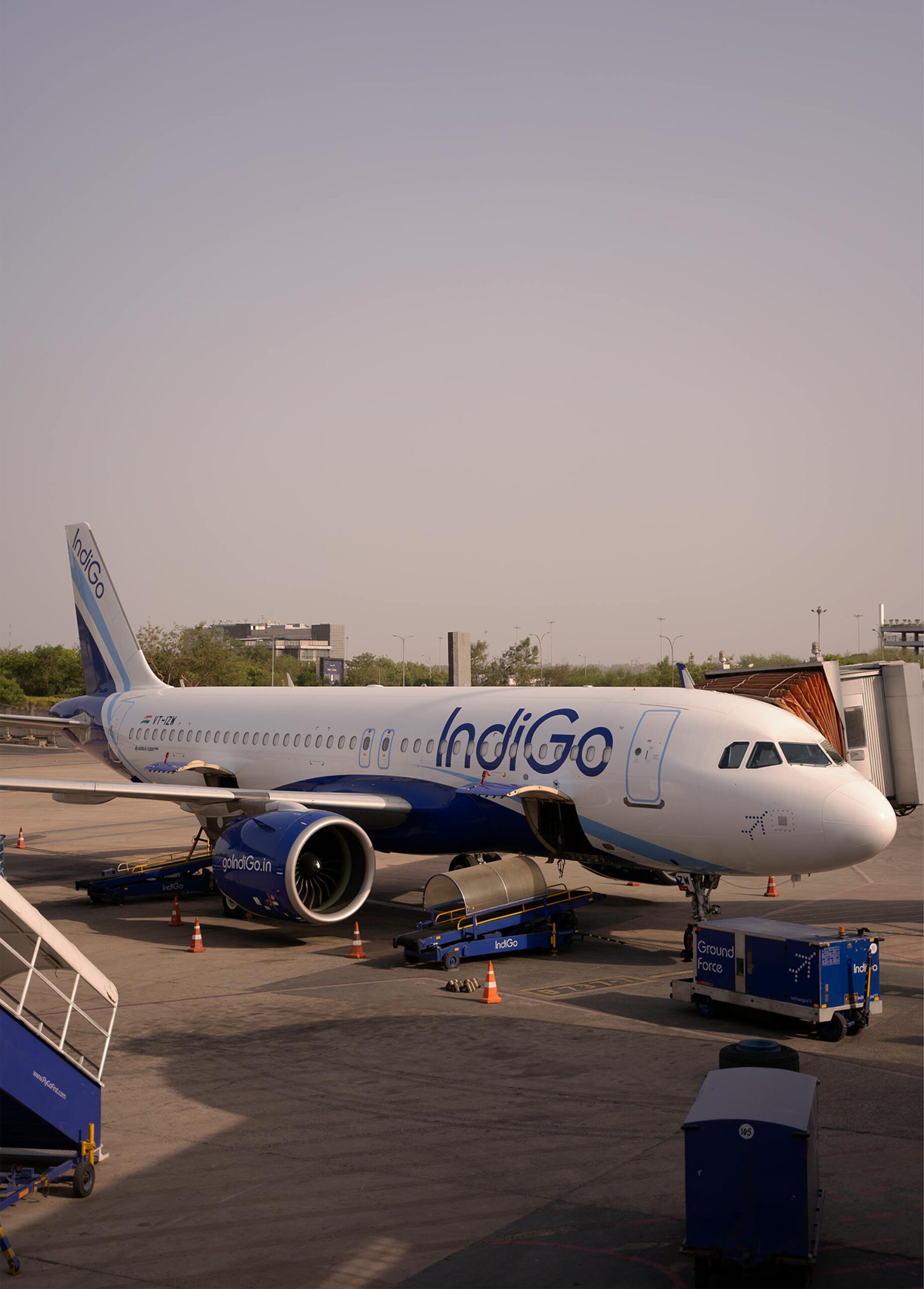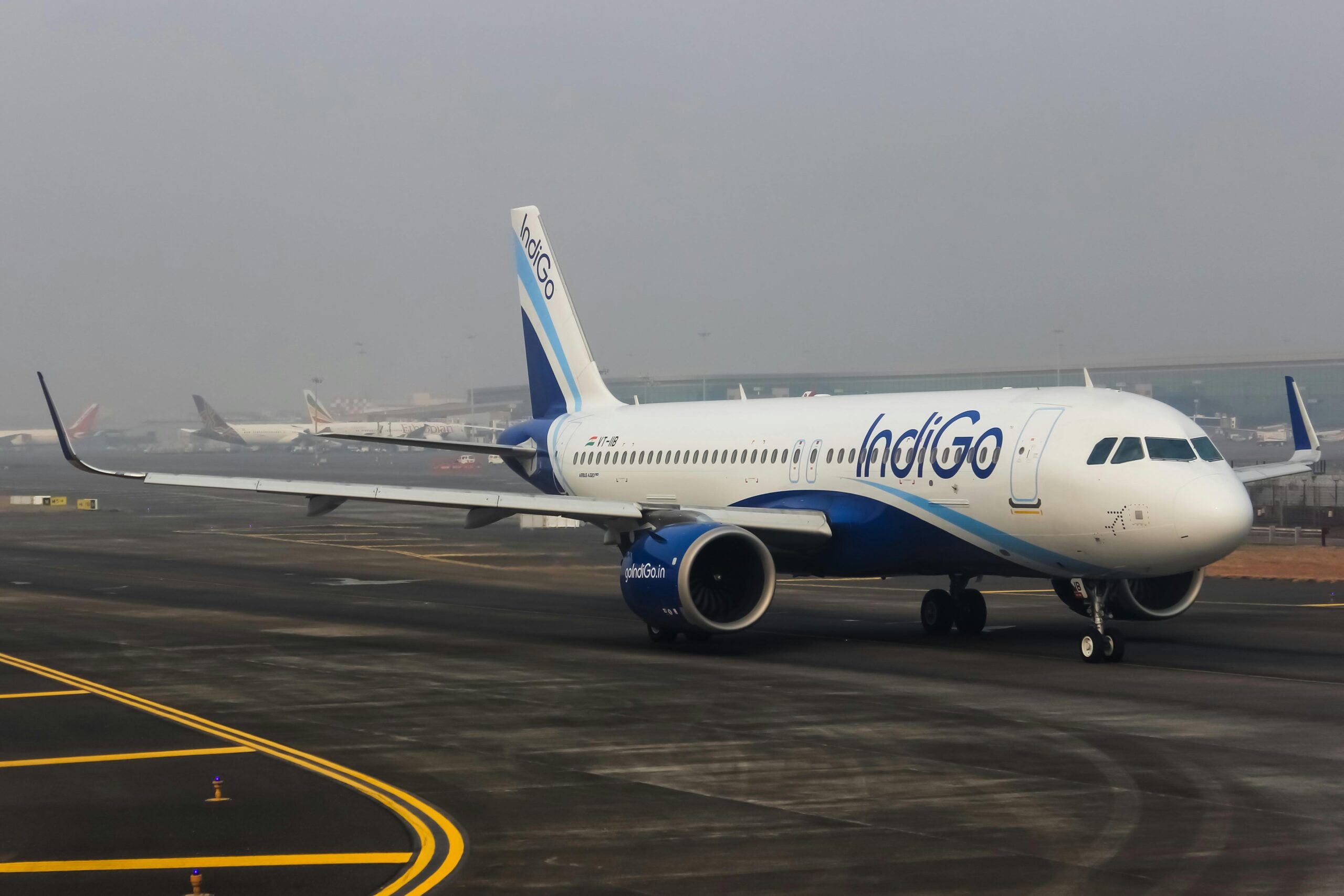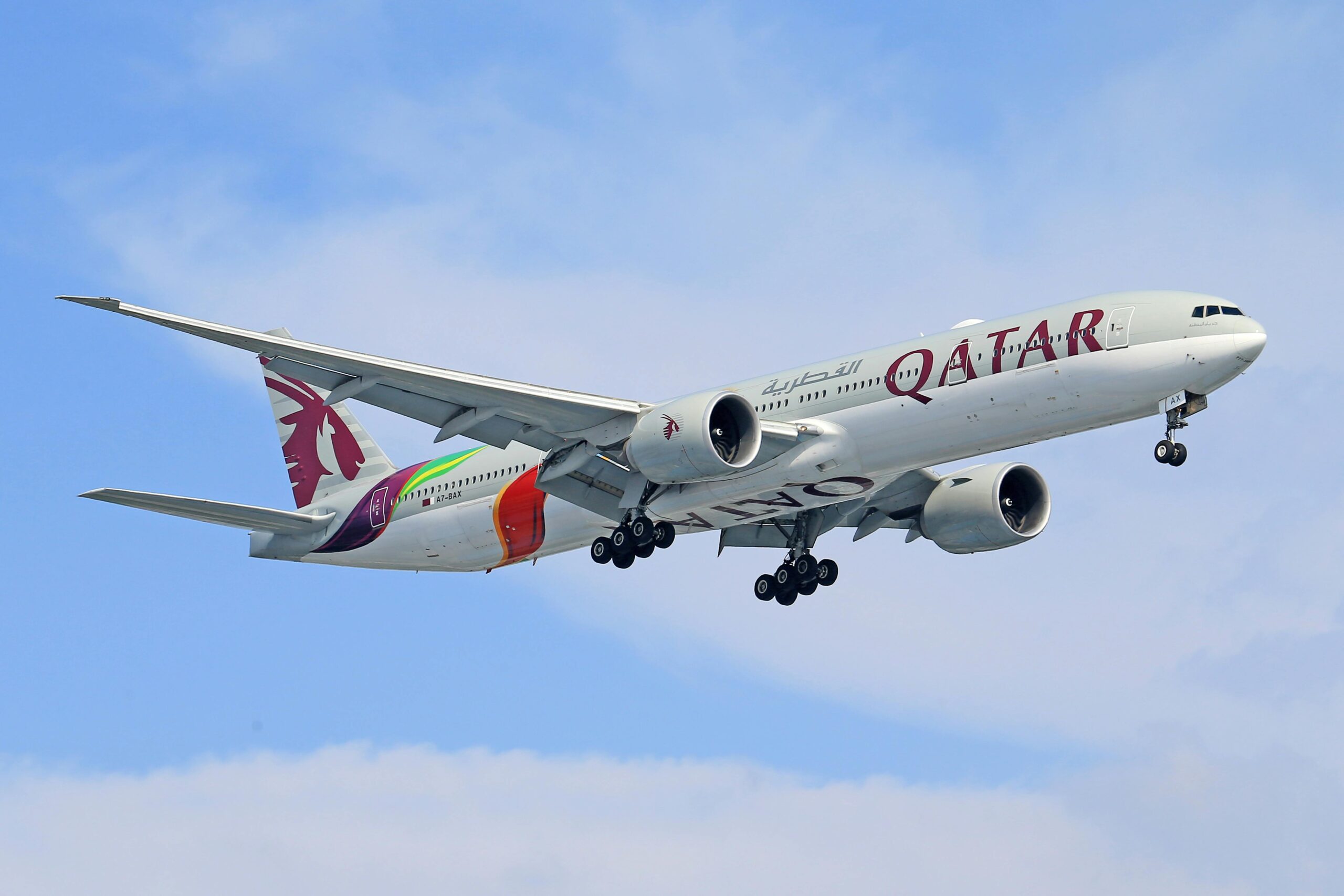The sudden closure of Pakistani airspace has disrupted major Indian airlines and reshaped regional air travel. Carriers like Air India, IndiGo, SpiceJet, Air India Express, and Akasa Air now face longer flight paths, unexpected delays, and increased fuel expenses. These developments follow renewed tensions between India and Pakistan after a recent deadly attack, prompting India to react diplomatically and strategically.
This airspace standoff has forced flights bound for Europe, the US, and the Middle East to take longer detours. These extended routes affect not only arrival times but also strain fuel planning and crew assignments. Airlines have scrambled to adjust flight operations while avoiding Pakistani territory entirely. The rerouted flights now go over cities like Ahmedabad and Muscat, adding significant air time and cost to operations.
Travelers flying from India to key international destinations now experience longer journey durations. Air India’s US and European flights face the largest impact, with delays stretching up to two hours. Routes to the Middle East have also grown by 20 to 30 minutes, creating a ripple effect across schedules. Crews require additional rest, so airlines must also deploy more staff, making operations more complex.
This isn’t the first time airspace issues between India and Pakistan have caused trouble. In 2019, similar restrictions cost Indian carriers massive losses monthly. Today, history appears to repeat itself, although tensions seem even higher. Fuel costs are again surging as airlines burn more during longer flights. An Airbus A320, depending on conditions, burns roughly 2,000 kg of fuel every hour—multiplying expenses quickly.
Pakistan’s airspace blockade presents a direct challenge to India’s commercial aviation stability. While passengers cope with added travel time, airlines wrestle with higher operating demands. Unless diplomacy calms the situation soon, India’s aviation industry will keep absorbing losses. Every additional hour in the sky adds pressure to a sector already burdened by global turbulence.
Related stories:
Catch up on the top stories and travel deals by subscribing to our newsletter!












Leave a Reply